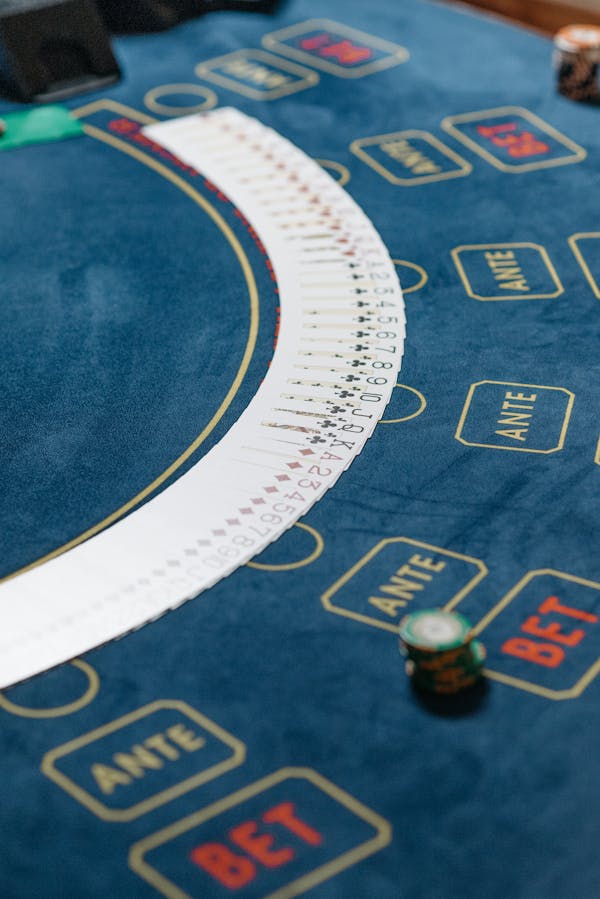A good Teen Patti strategy requires players to read their opponents. This can be challenging, especially for players who don’t like bluffing.
A player should manage their bankroll and start with a low initial bet. This helps them avoid chasing losses and prolong their passion for the game. They should also increase their bets gradually to improve their chances of winning. Find out more at How to Win Teen Patti.
Betting options
When you play Teen Patti, you have a number of betting options available to you. You can raise your bet, but it is important to note that the amount you raise cannot exceed twice the previous player’s bet. This is a key difference between Teen Patti and poker.
In addition, you can place side bets, which are separate from your base bet and can give you an additional opportunity to win. These bets are generally based on the type of hand in play, and can be very lucrative. However, you must use bluffing wisely and observe your opponents carefully to identify the strength of their hands.

It is also a good idea to manage your bankroll carefully when playing Teen Patti. This will help you to absorb losses and prolong your winning streaks. Moreover, it is essential to practice and study the game thoroughly. This will give you a better grasp of the cards and the rank system.
Game rules
Teen Patti is a game of skill and requires players to make prudent bets. It is also important to remember that you cannot win every round, even if you are a professional player. Winning at teen patti takes years of practice and careful planning. A good strategy can help you win thousands of rounds and convert your small stakes into big money wins.
The rules of the game depend on the type of game you play, with variations including traditional, lowball, and high-low split games. In traditional teen patti, the highest-ranking hand wins the pot. The game is played with a standard 52-card deck and the cards are ranked from high to low. A bluffing ability is essential to the game, and you can improve your skills by practicing with a trusted online platform.
A player who plays blind can’t look at their card before placing a bet and cannot change their bet. However, a seen player can choose to play chaal, sideshow, or fold. Their bet must be at least two times the boot or the current stake.
Variations
There are many variations to this game that can make it more interesting for players. Some of these include Muflis and Low Wild, which make the lowest hand the winner instead of the highest one. Using the right strategy is vital to win more games. You should also avoid playing blind, and learn to read your opponent. This will help you to avoid unnecessary losses.
In this teen patti variation, cards with values of 2 to 9 have the same value as in conventional 3 Patti, while the Ace is worth 1. The player who has the highest-ranking trio or trial wins.
In this teen patti variation, you can request a sideshow from the player who has placed a bet before you. If the player accepts your sideshow request, they will reveal their cards and compare them with yours. If their card is stronger, you will lose the showdown. This is a risky move, so you should only use it in a situation when you need to.
Rules of bluffing
A player’s bluffing strategy when playing Teen Patti depends on their comfort level with the game. Some players prefer to play tight, while others are more loose. A tight player will usually choose to fold weaker hands, while a loose player will be more likely to play their hand all the way to the showdown.
Each player contributes an amount to the pot, called boot money and gets three cards face down. They then have the option to place a bet without seeing their card or see it first. When they see their cards, they can then decide whether to play chaal or not.
When deciding to bluff, it’s important to remember that the other player could be a good reader. This is why it’s best to bluff in small amounts and not make irrational bets. Also, be sure to use the ‘Show’ function wisely, and only reveal your card when necessary. Finally, avoid distractions and always focus on your play.